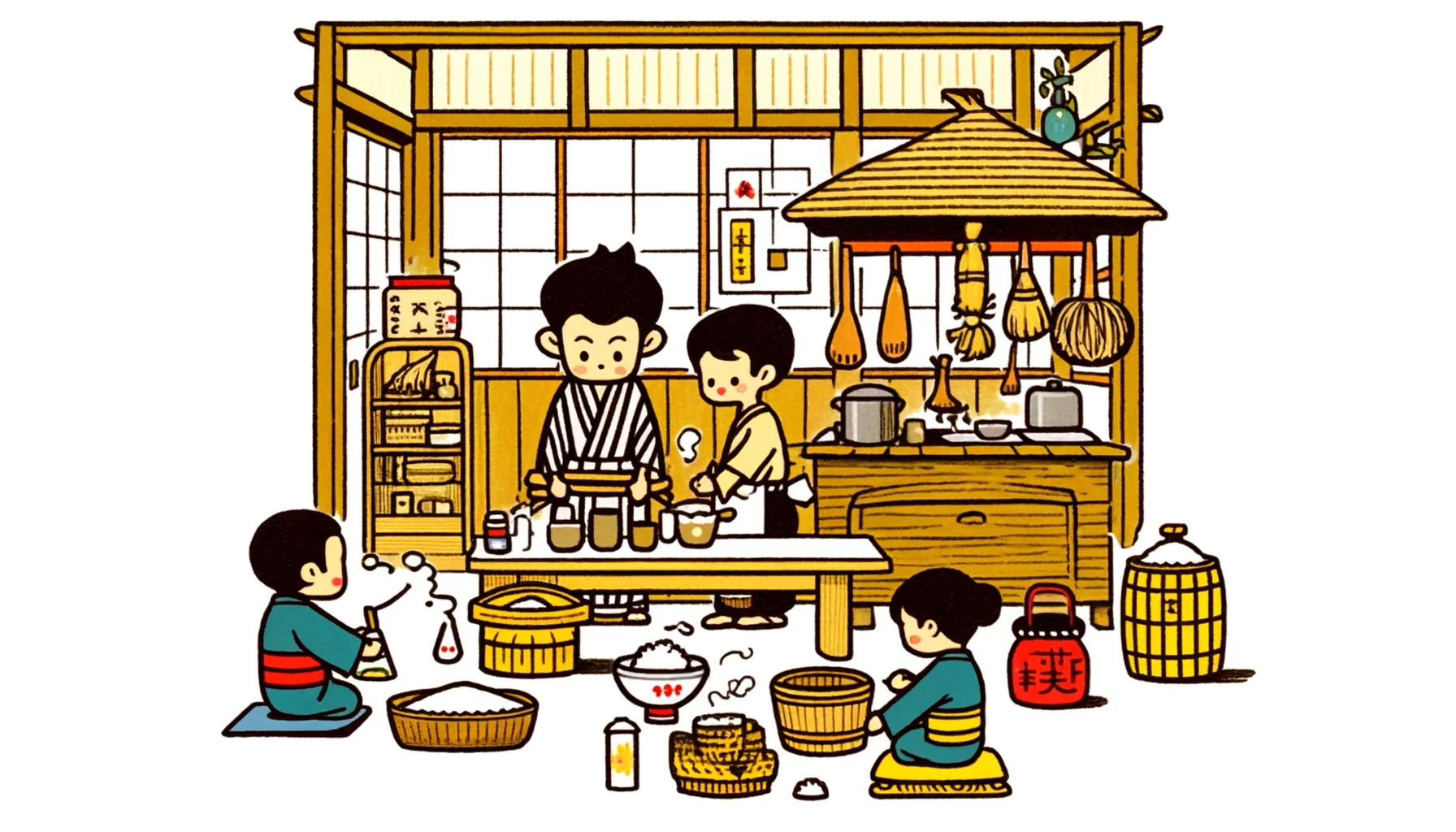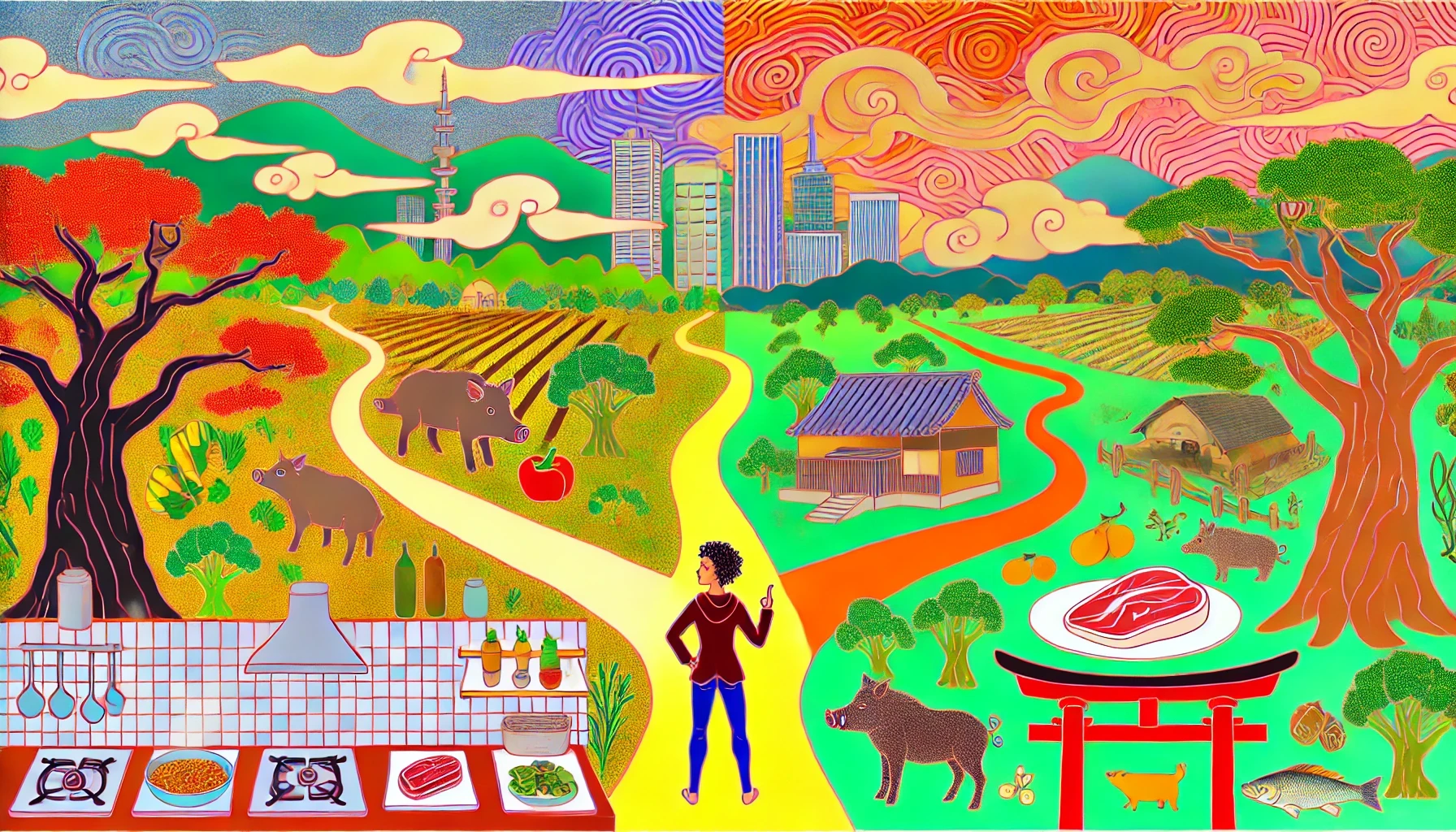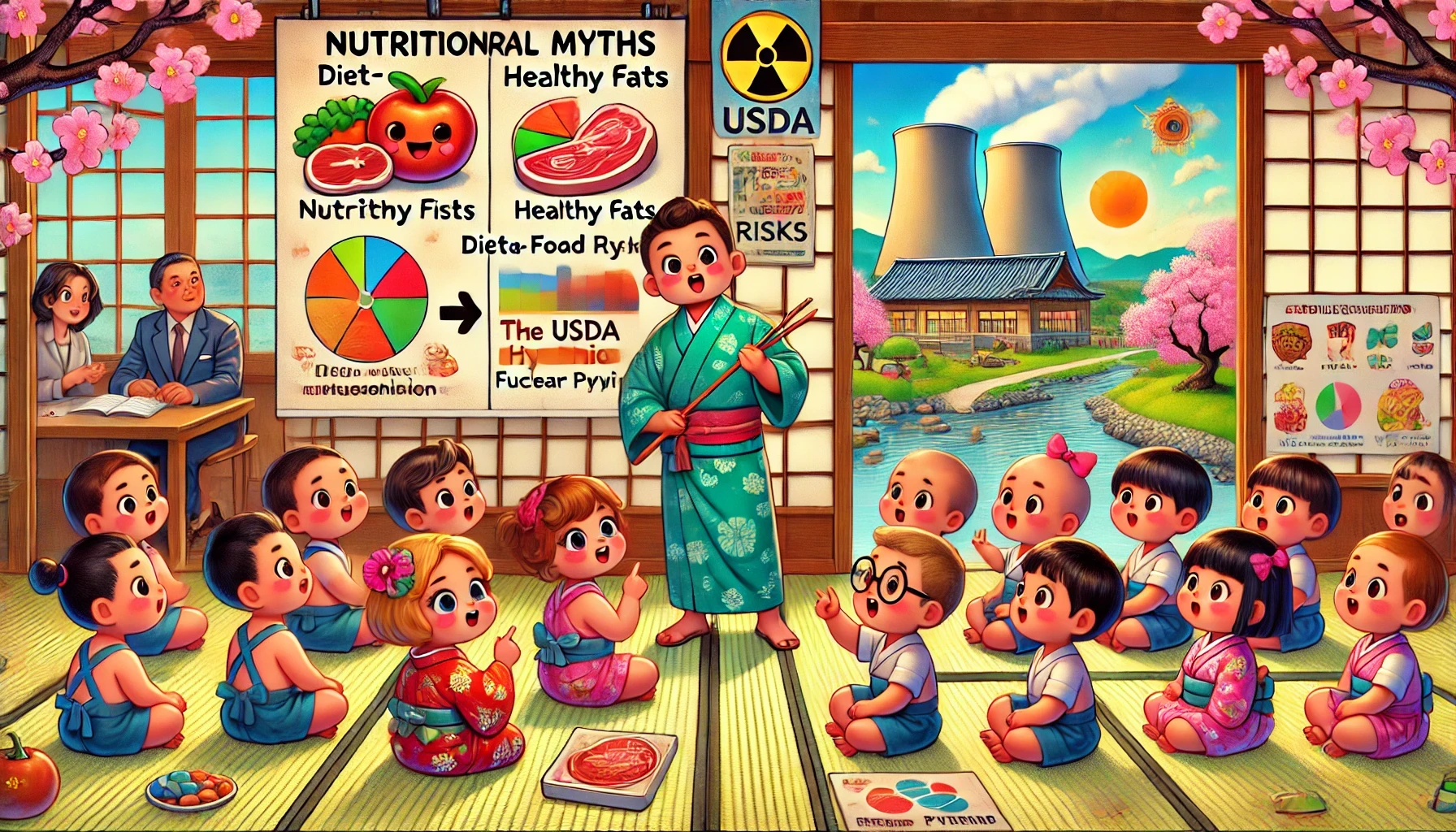ZENPTY.

Cooking Through Time: A Glimpse into the Kitchen Economics and Daily Meals of Edo Tokyo
Apr 29, 2024
In a previous exploration, we delved into the historical costs of dining out in Tokyo, tracing the trends back to the vibrant Edo period of the mid-18th century.
This time, we're turning our gaze to the home kitchens of the same era. Imagine you were a resident of Edo—modern-day Tokyo—opting to whip up your own meals rather than frequenting local eateries. Just how feasible and comfortable would this lifestyle have been?
To give us a clearer picture, we once again turn to the insightful “Edo no Kakeibo,” a book that helps translate ancient currency into today’s Japanese yen, offering us a tangible link to the past.
Starting with the essentials found in any kitchen, our investigation into historical dining out costs showed remarkably stable prices over 250 years, suggesting similar stability in the costs of basic kitchen staples. For a direct comparison, I’ve also listed current prices from a local Aeon supermarket to see how they stack up.
Kitchen Staples:
Rice: ¥430/kg (¥610/kg today)
Wheat: ¥420/kg (¥500/kg today)
Soy sauce: ¥485/kg (¥238/kg today)
Miso: ¥475/kg (¥400/kg today)
Salt: ¥135/kg (¥108/kg today)
Sugar: ¥2772/kg (¥256/kg today)
Notably, sugar was significantly more expensive historically, reflecting its status as a luxury imported item during a time when Japan’s trade was heavily restricted. Despite its high cost, there was considerable trade in sugar, involving over 33 merchants in the Nagasaki area alone, highlighting a robust if exclusive market.
Now, with our pantry stocked, let’s explore the broader market offerings of Edo, starting with the bustling fish markets near Nihonbashi—predecessors to the famous Tsukiji and now Toyosu markets.
Market Prices:
Fish:
Mackerel: ¥4730/ea (¥430/ea today)
Bonito: ¥157500/ea (¥5000/ea today)
Sardines: ¥189/ea (¥35/ea today)
Sea bream: ¥15750/ea (¥1500/ea today)
Fowl:
Chicken: ¥6300/ea (¥2380/ea today)
Eggs: ¥150/ea (¥25/ea today)
Duck: ¥15750/ea (¥8430/ea today)
Pigeon, Pheasant, Crane also featured, highlighting a varied but pricey selection.
Vegetables:
Soybeans: ¥726/kg (¥600/kg today)
Cucumber: ¥25/ea (¥66/ea today)
Carrot: ¥158/ea (¥128/ea today)
Eggplant: ¥19/ea (¥66/ea today)
Daikon: ¥113/ea (¥300/ea today)
This glance at the past shows that items like fish and fowl were much pricier back then, likely due to the lack of modern preservation and transportation technologies. Interestingly, meat was rarely on the menu, as most Tokyoites adhered to a mainly vegetarian diet, influenced by cultural and religious practices.
The typical meal would have been simple: a bowl of rice with a side of vegetables, reflecting a diet common across all social classes. Cooking was usually done once a day to save resources, a practice that might not satiate our modern palates accustomed to variety and freshness.
For a taste of history, here’s a fascinating video recreating an Edo-period meal:
Traditional Edo Meal Recreation
Would such a diet suffice for us today? It depends largely on one's dietary habits and preferences. While the historical vegetarian diet might appeal to some, others might find it lacking, especially without frequent meat dishes.
In our next piece, we will examine how these dietary habits influenced the health and longevity of Edo's residents. Stay tuned to uncover more about life in historical Tokyo through the lens of food and dining.
A Carnivore Journey: How Letting Go of Carbs Opened New Doors
Nutritional Myths and Nuclear Risks: The Parallel Stories of Regulatory Capture
Silencing Dissent: How Ancel Keys' Hypothesis Dominated Nutrition Science
Ancel Keys and the Diet-Heart Hypothesis: A Deep Dive into Flawed Science
Unmasking the Villain: Ancel Keys and the War on Saturated Fat
From Eisenhower to Endo: The Evolution of Heart Health Myths






